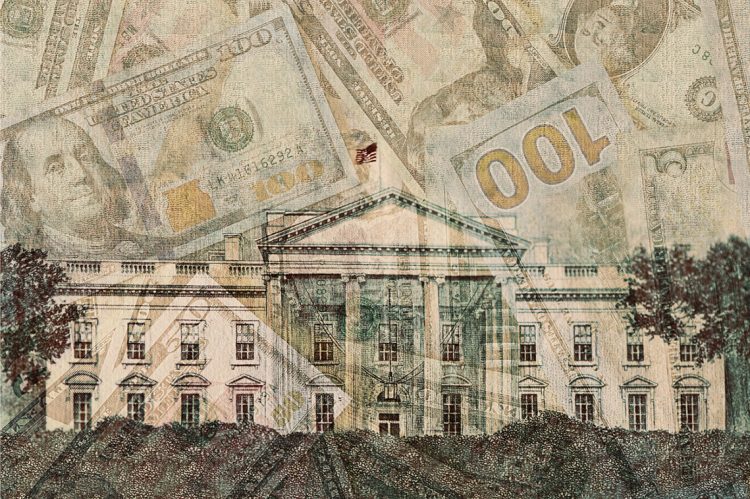A long-time priority for political progressives—and many in the real estate industry—President Joe Biden today released a plan for expansive student loan forgiveness, wiping out as much as $20,000 for borrowers based on income.
According to the plan that was released late Wednesday morning, any individual whose income is below $125,000 (or for families earning $250,000) is eligible for $10,000 in relief. Anyone who received a Pell Grant in college (awarded to low-income students working toward undergraduate degrees) can qualify for the full $20,000.
Besides the broad forgiveness, the Biden-Harris plan includes a possibility of total loan forgiveness for employees of nonprofits, military members, and those working for federal, state, Tribal or local governments. It also changes how popular income-driven repayment plans determine borrowers’ monthly payments—most notably, capping the total amount at 5% of discretionary income, and preventing loan interest from increasing the total balance.
The announcement was accompanied by what is again being characterized as a “final” extension of the payment pause that was initially enacted in response to the pandemic, meaning tens of millions of borrowers who will still owe after receiving forgiveness have until next year before they will need to start repaying their loans. Previous pauses, though, were also announced as final before payment restart dates were eventually pushed back.
A major issue for Democrats during the 2020 election season, student loan forgiveness has remained a fraught issue, with those in favor pointing out how expensive and exploitive college loans have become, and those opposed worrying about the effect on inflation, or calling the initiative broadly unfair.
The National Association of REALTORS® (NAR) has long advocated for reform of the student loan industry, though not broad forgiveness. Studies and surveys conducted by NAR have long shown a large portion of homebuyers—or potential homebuyers—are blocked from homeownership by their student loan debt.
At the same time, experts remain divided on just how significant student loan forgiveness will be for real estate.
In a statement to RISMedia, an NAR spokesperson did not comment directly on the Biden plan, instead saying that “we look forward to continuing to work with the Administration and Congress to increase the supply of available homes for purchase.”
“NAR Research shows student debt can impact a potential buyer’s ability to save for a down payment, the borrower’s debt-to-income ratio, and their credit score,” the spokesperson said. “We encourage efforts to improve and streamline current lending programs and increase borrower education about the true cost of student loans.”
The total burden of student loans exploded in recent years, from about $600 billion in 2007 to more than $1.7 trillion in 2022, according to data from the U.S. Department of Education, around $37,000 per borrower. Exactly how much debt the new plan would wipe out was not immediately clear.
Biden had previously forgiven $26 billion in loans for borrowers who were defrauded by their colleges or are on permanent disability.
Editor’s note: This story was updated on Aug. 25 with comments from NAR.












